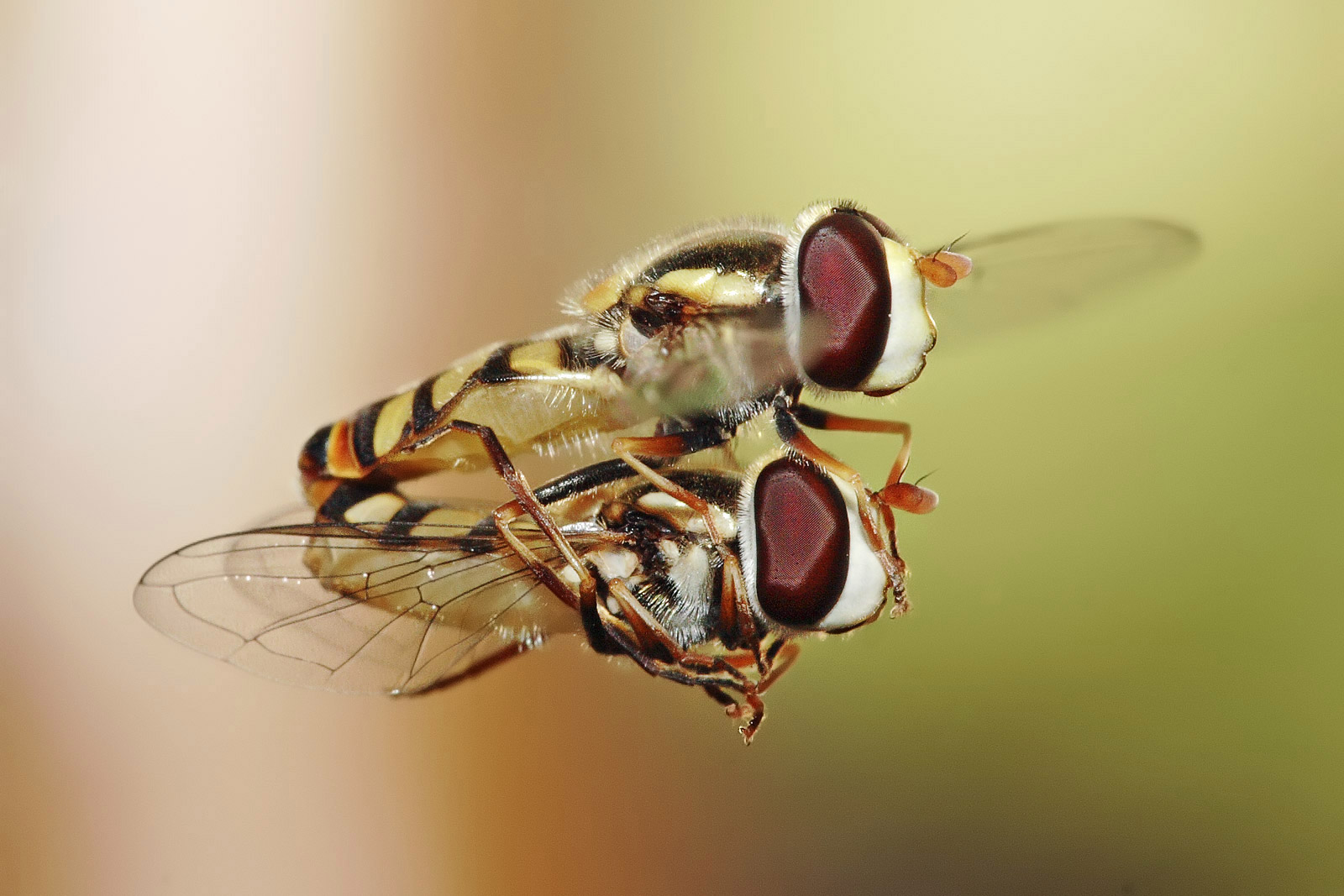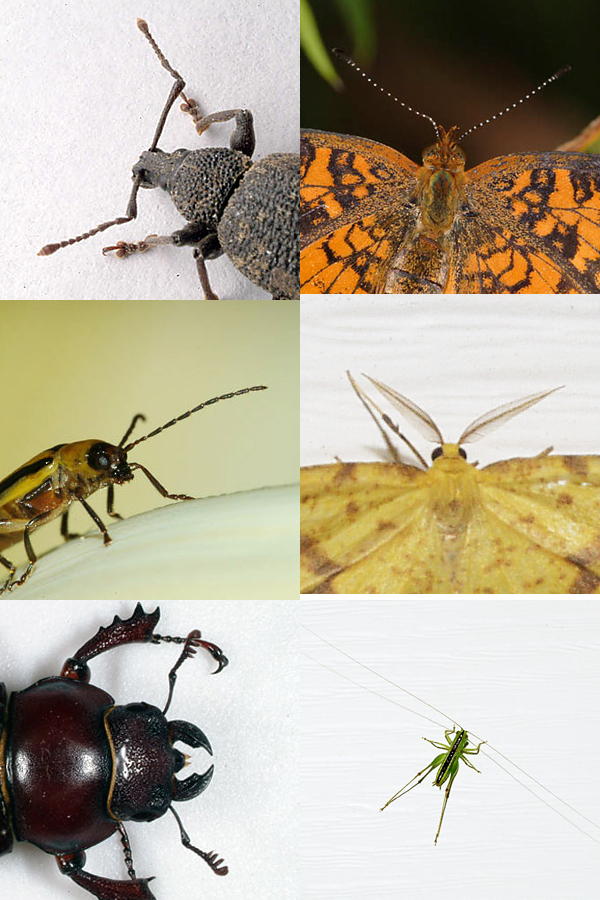|
Pipiza Quadrimaculata
''Pipiza quadrimaculata'' is a species of hoverfly, from the family Syrphidae, in the order Diptera Flies are insects of the order Diptera, the name being derived from the Greek δι- ''di-'' "two", and πτερόν ''pteron'' "wing". Insects of this order use only a single pair of wings to fly, the hindwings having evolved into advanced .... References External links Diptera of Europe Diptera of North America Hoverflies of North America Pipizinae Insects described in 1804 Taxa named by Georg Wolfgang Franz Panzer {{Syrphidae-stub ... [...More Info...] [...Related Items...] OR: [Wikipedia] [Google] [Baidu] |
Georg Wolfgang Franz Panzer
Georg Wolfgang Franz Panzer (31 May 1755 – 28 June 1829) was a German botanist and entomologist. He was born at Etzelwang in the Upper Palatinate and died at Hersbruck, near Nuremberg. He was the son of (the elder, 1729-1805), one of the most distinguished and productive of German bibliographers, whose ''Annales Typographici'' were published between 1793 and 1803.G.W. Panzer, ''Annales Typographici ab Artis Inventae Origine usque ad annum MDXXXVI'', 11 Vols (Impensis Joannis Eberhardi Zeh, Bibliopolae, Norimbergae 1793-1803). A physician, he practised at Hersbruck. A celebrated botanist, he had a very species-rich herbarium. He also assembled a very important insect collection which was the basis of a vast work ''Faunae insectorum germanicae initia'' (Elements of the insect fauna of Germany), published at Nuremberg between 1796 and 1813. Illustrated by Jacob Sturm Jacob Sturm (21 March 1771 – 28 November 1848) was a leading engraver of entomological and botanical ... [...More Info...] [...Related Items...] OR: [Wikipedia] [Google] [Baidu] |
Hoverflies
Hover flies, also called flower flies or syrphid flies, make up the insect family Syrphidae. As their common name suggests, they are often seen hovering or nectaring at flowers; the adults of many species feed mainly on nectar and pollen, while the larvae (maggots) eat a wide range of foods. In some species, the larvae are saprotrophs, eating decaying plant and animal matter in the soil or in ponds and streams. In other species, the larvae are insectivores and prey on aphids, thrips, and other plant-sucking insects. Insects such as aphids are considered a crop pest, and therefore the aphid-eating larvae of some hover flies serve as an economically (as well as ecologically) important predator and even potential agents for use in biological control, while the adults may be pollinators. About 6,000 species in 200 genera have been described. Hover flies are common throughout the world and can be found on all continents except Antarctica. Hover flies are harmless to most mamma ... [...More Info...] [...Related Items...] OR: [Wikipedia] [Google] [Baidu] |
Diptera
Flies are insects of the order Diptera, the name being derived from the Greek δι- ''di-'' "two", and πτερόν ''pteron'' "wing". Insects of this order use only a single pair of wings to fly, the hindwings having evolved into advanced mechanosensory organs known as halteres, which act as high-speed sensors of rotational movement and allow dipterans to perform advanced aerobatics. Diptera is a large order containing an estimated 1,000,000 species including horse-flies, crane flies, hoverflies and others, although only about 125,000 species have been described. Flies have a mobile head, with a pair of large compound eyes, and mouthparts designed for piercing and sucking (mosquitoes, black flies and robber flies), or for lapping and sucking in the other groups. Their wing arrangement gives them great maneuverability in flight, and claws and pads on their feet enable them to cling to smooth surfaces. Flies undergo complete metamorphosis; the eggs are often laid on the l ... [...More Info...] [...Related Items...] OR: [Wikipedia] [Google] [Baidu] |
Diptera Of Europe
Flies are insects of the order Diptera, the name being derived from the Greek δι- ''di-'' "two", and πτερόν ''pteron'' "wing". Insects of this order use only a single pair of wings to fly, the hindwings having evolved into advanced mechanosensory organs known as halteres, which act as high-speed sensors of rotational movement and allow dipterans to perform advanced aerobatics. Diptera is a large order containing an estimated 1,000,000 species including horse-flies, crane flies, hoverflies and others, although only about 125,000 species have been described. Flies have a mobile head, with a pair of large compound eyes, and mouthparts designed for piercing and sucking (mosquitoes, black flies and robber flies), or for lapping and sucking in the other groups. Their wing arrangement gives them great maneuverability in flight, and claws and pads on their feet enable them to cling to smooth surfaces. Flies undergo complete metamorphosis; the eggs are often laid on the la ... [...More Info...] [...Related Items...] OR: [Wikipedia] [Google] [Baidu] |
Diptera Of North America
Flies are insects of the order Diptera, the name being derived from the Greek δι- ''di-'' "two", and πτερόν ''pteron'' "wing". Insects of this order use only a single pair of wings to fly, the hindwings having evolved into advanced mechanosensory organs known as halteres, which act as high-speed sensors of rotational movement and allow dipterans to perform advanced aerobatics. Diptera is a large order containing an estimated 1,000,000 species including horse-flies, crane flies, hoverflies and others, although only about 125,000 species have been described. Flies have a mobile head, with a pair of large compound eyes, and mouthparts designed for piercing and sucking (mosquitoes, black flies and robber flies), or for lapping and sucking in the other groups. Their wing arrangement gives them great maneuverability in flight, and claws and pads on their feet enable them to cling to smooth surfaces. Flies undergo complete metamorphosis; the eggs are often laid on the la ... [...More Info...] [...Related Items...] OR: [Wikipedia] [Google] [Baidu] |
Hoverflies Of North America
Hover flies, also called flower flies or syrphid flies, make up the insect family Syrphidae. As their common name suggests, they are often seen hovering or nectaring at flowers; the adults of many species feed mainly on nectar and pollen, while the larvae (maggots) eat a wide range of foods. In some species, the larvae are saprotrophs, eating decaying plant and animal matter in the soil or in ponds and streams. In other species, the larvae are insectivores and prey on aphids, thrips, and other plant-sucking insects. Insects such as aphids are considered a crop pest, and therefore the aphid-eating larvae of some hover flies serve as an economically (as well as ecologically) important predator and even potential agents for use in biological control, while the adults may be pollinators. About 6,000 species in 200 genera have been described. Hover flies are common throughout the world and can be found on all continents except Antarctica. Hover flies are harmless to most mamma ... [...More Info...] [...Related Items...] OR: [Wikipedia] [Google] [Baidu] |
Pipizinae
The Pipizinae is a subfamily of hoverflies. The subfamily Pipizinae was formerly considered a tribe within Eristalinae, but a phylogenetic analysis published in 2015 suggests it should be ranked as a separate subfamily (Mengual, 2015) Genera *'' Heringia'' Rondani, 1856 *†'' Oligopipiza'' Nidergas, Hadrava, Nel et al., 2018 (a fossil genus from Middle Oligocene ~28 MYR-BP) *''Pipiza'' Fallén, 1810 *''Pipizella'' Rondani, 1856 *'' Trichopsomyia'' Williston, 1888 *''Triglyphus ''Triglyphus'' is a genus of hoverflies Hover flies, also called flower flies or syrphid flies, make up the insect family Syrphidae. As their common name suggests, they are often seen hovering or nectaring at flowers; the adults of many speci ...'' Loew, 1840 References {{Taxonbar, from=Q27915424 Taxa named by Camillo Rondani Brachycera subfamilies ... [...More Info...] [...Related Items...] OR: [Wikipedia] [Google] [Baidu] |
Insects Described In 1804
Insects (from Latin ') are pancrustacean hexapod invertebrates of the class Insecta. They are the largest group within the arthropod phylum. Insects have a chitinous exoskeleton, a three-part body (head, thorax and abdomen), three pairs of jointed legs, compound eyes and one pair of antennae. Their blood is not totally contained in vessels; some circulates in an open cavity known as the haemocoel. Insects are the most diverse group of animals; they include more than a million described species and represent more than half of all known living organisms. The total number of extant species is estimated at between six and ten million; In: potentially over 90% of the animal life forms on Earth are insects. Insects may be found in nearly all environments, although only a small number of species reside in the oceans, which are dominated by another arthropod group, crustaceans, which recent research has indicated insects are nested within. Nearly all insects hatch from eggs. Insect ... [...More Info...] [...Related Items...] OR: [Wikipedia] [Google] [Baidu] |

_(10144905255).jpg)

